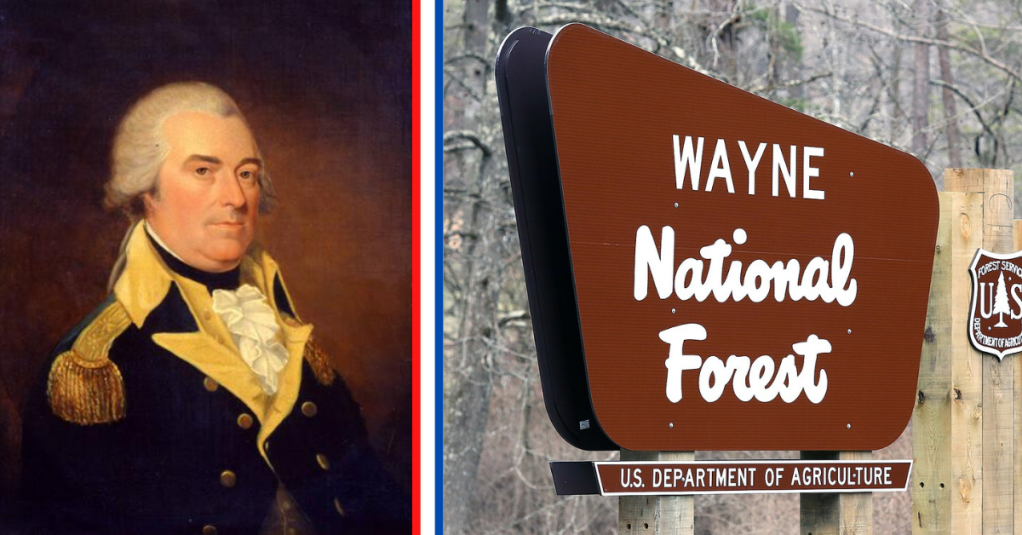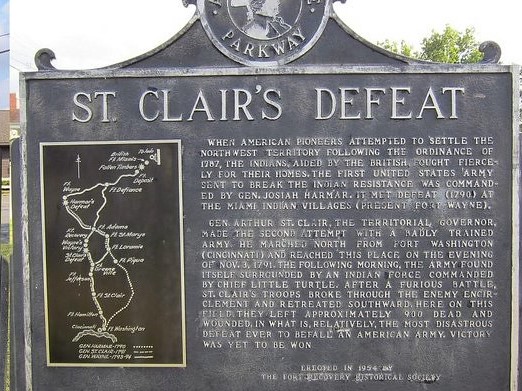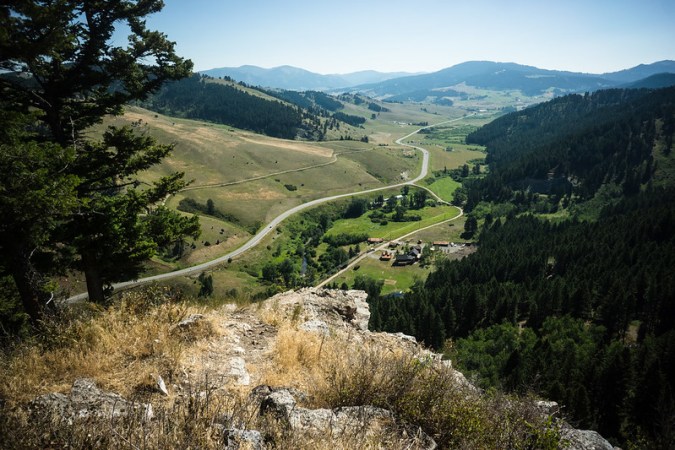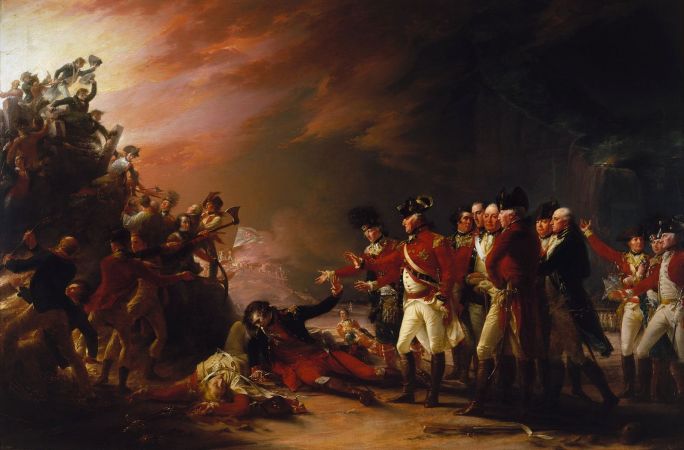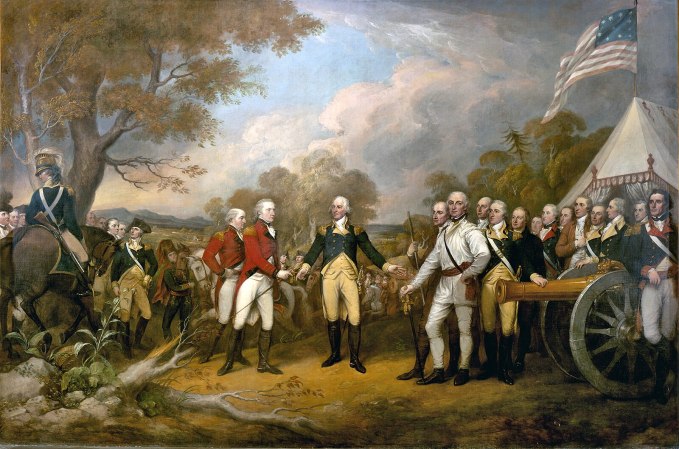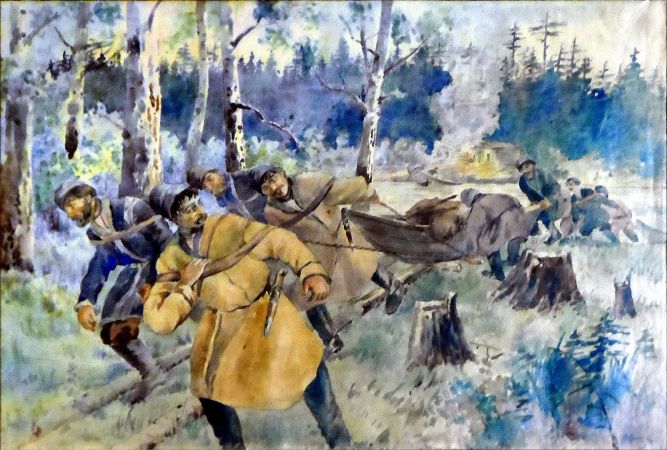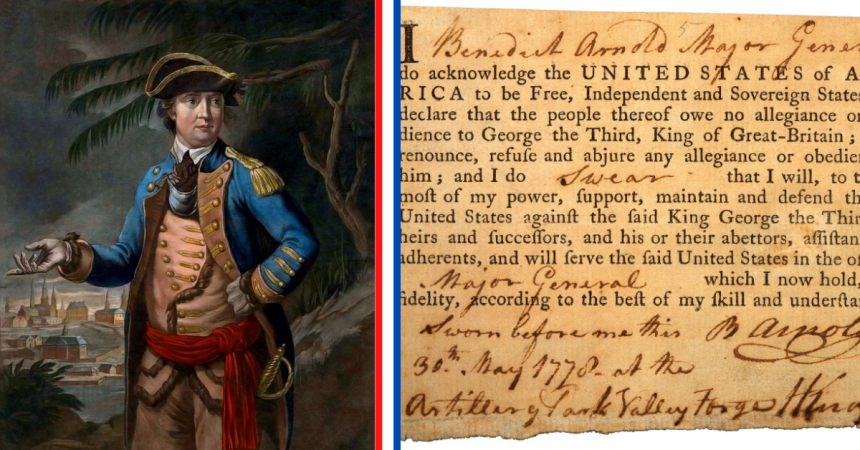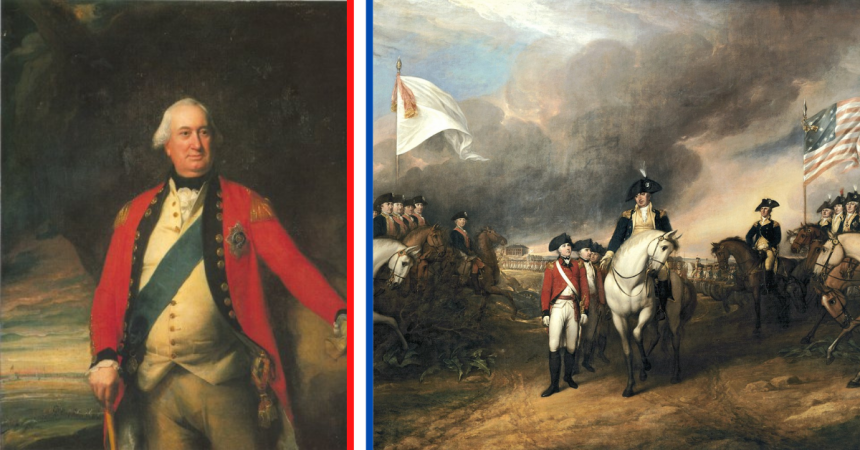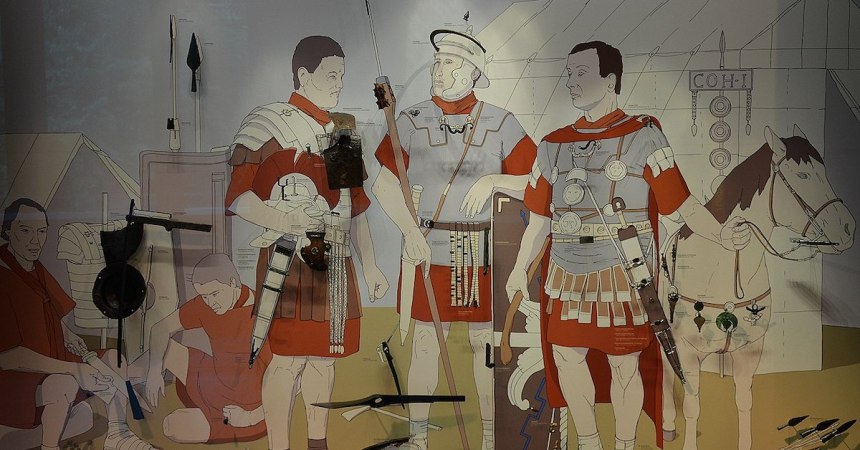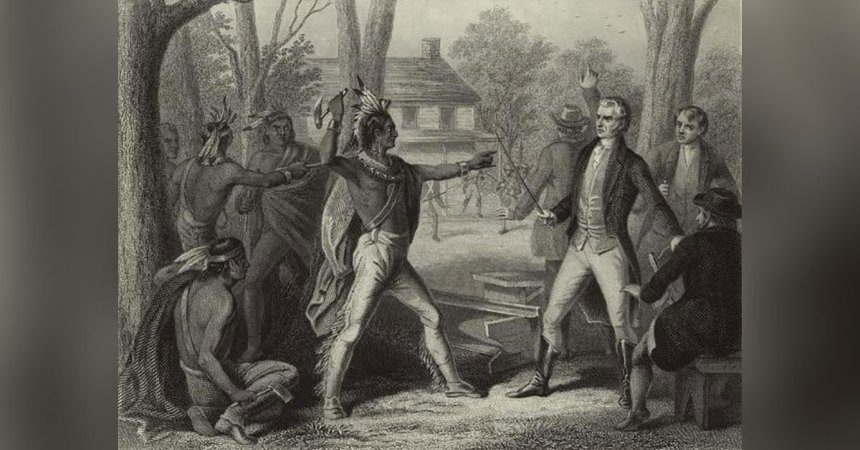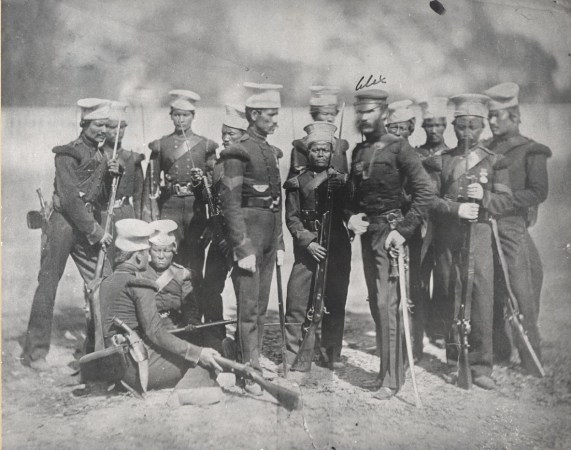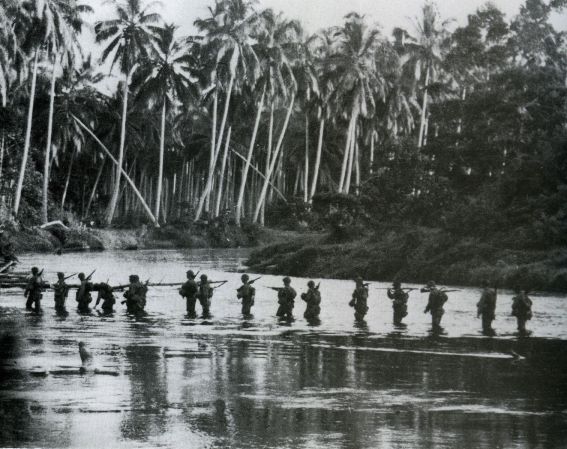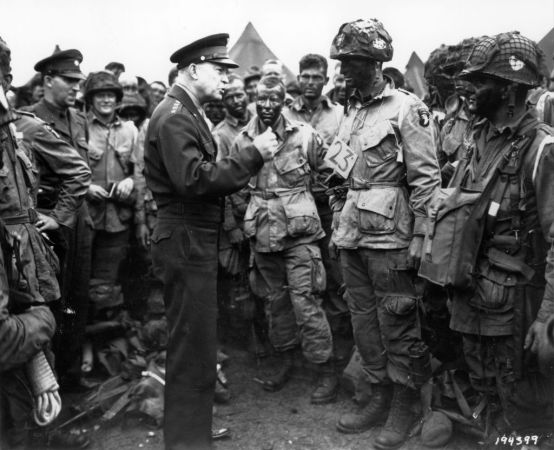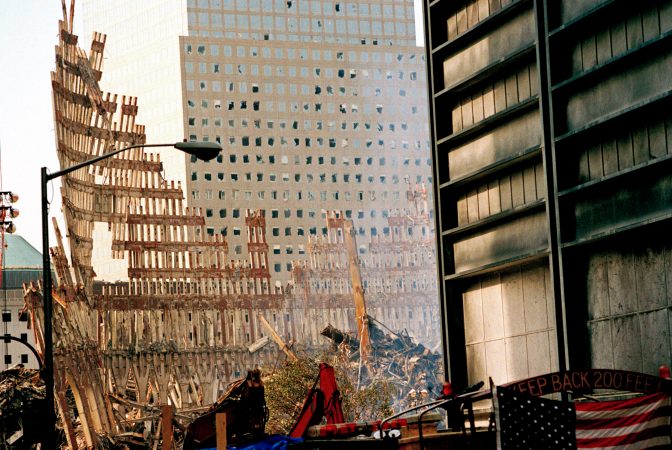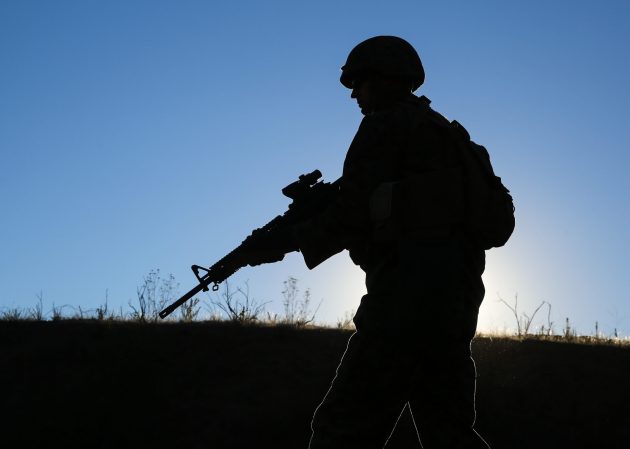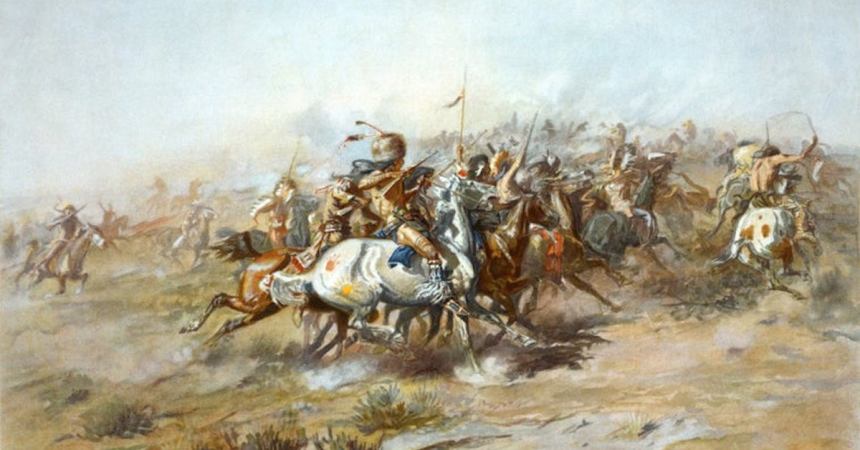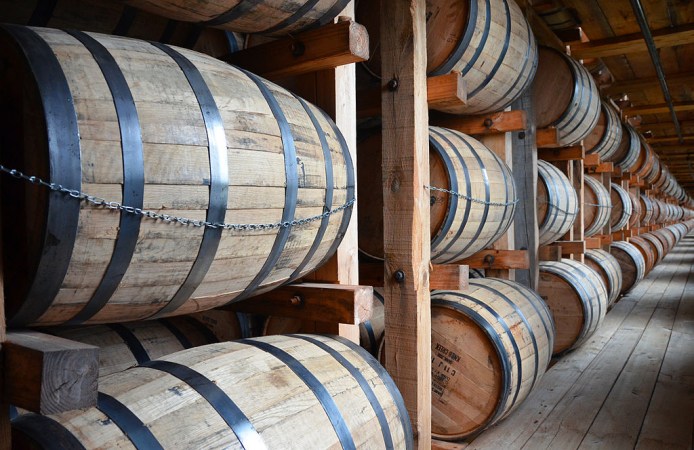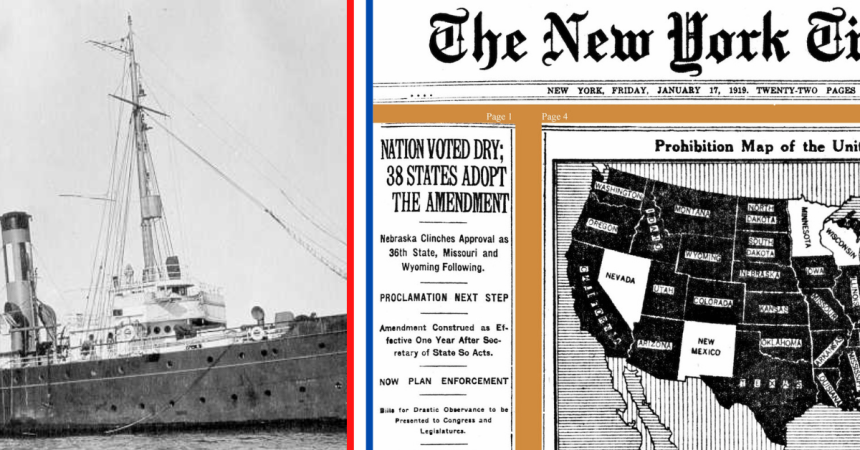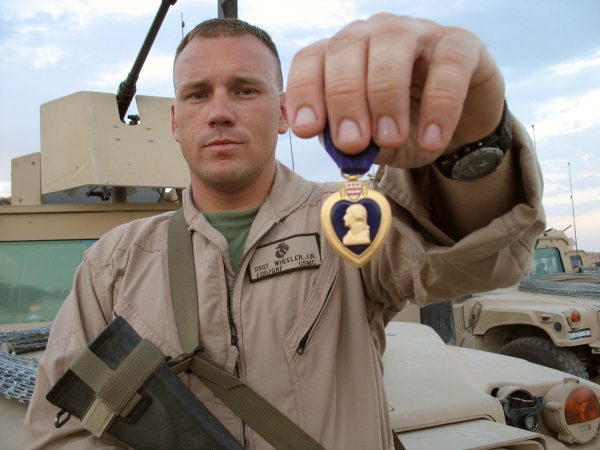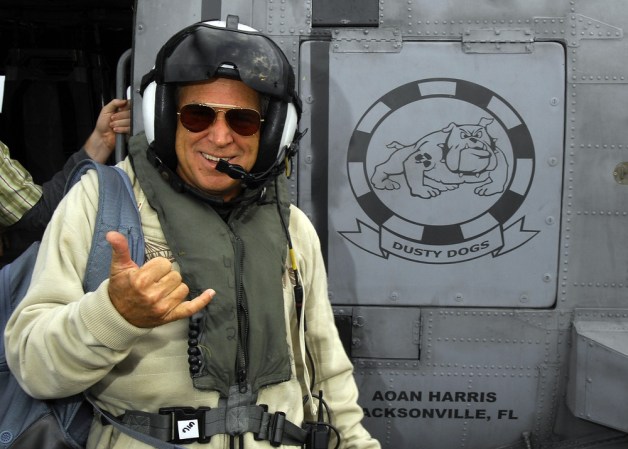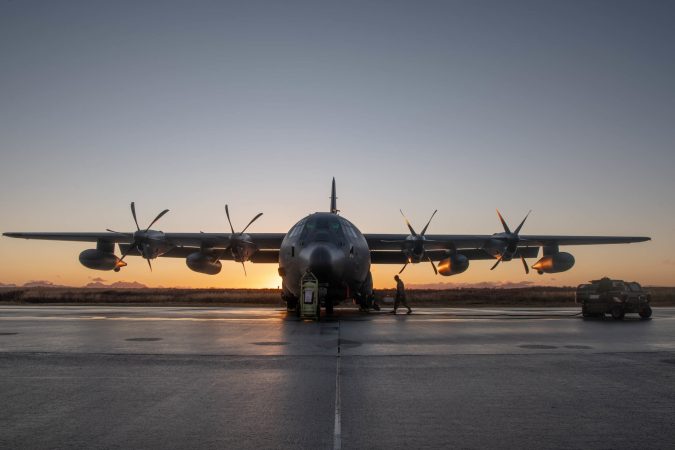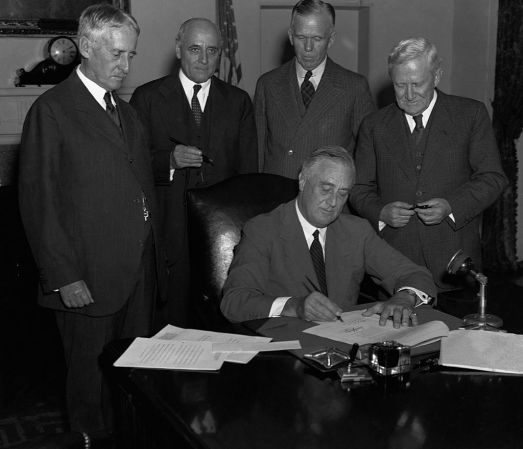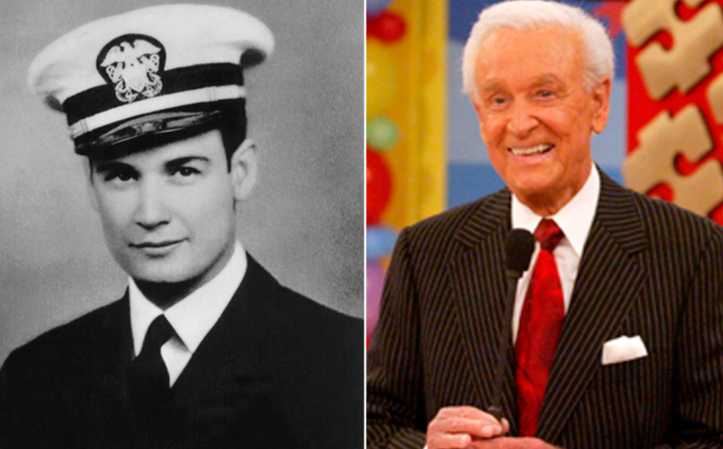Every region of the country has its own local heroes. The actions that made them heroes tend to coincide with the history of the country itself. For much of Ohio and Indiana, Founding Father and Revolutionary War General Anthony Wayne is a celebrated local hero. There are some in the region who don’t celebrate the general’s legacy and even want to change the many places named for him – including Wayne National Forest.
The National Forest Service proposed changing the name of the 244,000-acre forest to Buckeye National Forest “in response to requests from American Indian Tribes and local community members” in August 2023. The proposal has locals and a U.S. Senator up in arms.
General “Mad” Anthony Wayne served in the American Revolution, where he fought at Quebec, Philadelphia, and Yorktown, among others. He was awarded the Congressional Gold Medal for his service during the Battle of Stony Point in 1779. After the war, he served in Congress but was called up to serve again under President George Washington. This time, the natives were restless.
The northwestern U.S. at that time consisted of what is today Ohio, Michigan, Illinois, Wisconsin and parts of Minnesota. It was ceded to the young United States after the Revolution, but the British never entirely left the territory, and still incited the native tribes there against the U.S. The Treaty of Paris set the borders at the Great Lakes, but the tribes weren’t consulted on that treaty. They wanted the U.S. border to be the Ohio River.
Natives from 10 different tribes formed a loose alliance to promote their interests and resist American encroachment west of the Appalachian Mountains. Called the Northwestern Confederacy, they had fought with European settlers since the earliest days of colonization. The French, British, and then Americans all had to contend with the alliance.
When the U.S. Army moved in to enforce American supremacy in the region, it was the Northwestern Confederacy that handed the Army a string of its worst-ever defeats, many of which came in what is today Ohio. St. Clair’s Defeat of 1791 destroyed most of the U.S. Army and left the country vulnerable, so President Washington called on Gen. Anthony Wayne to raise and train a new one.

Wayne formed the Legion of the United States and within a year, was marching his new legion to fight the natives in the Northwest Territory. For two years, Wayne led the Legion in a campaign that defeated the Northwest Confederacy, took all the British forts in the territory, and re-established the boundary between native lands and lands for settlers.
Wayne would die a year after the treaty was imposed, and the Legion of the United States would become the standing army of the U.S., a solid reason why he’s considered a hero to many in the region. For the indigenous people of the area, Wayne’s defeat of their tribes was the first act of Indian Removal, and the beginning of “Manifest Destiny,” the mindset of many Americans that would extend the U.S. from the Atlantic Ocean to the Pacific, and resigned its native peoples to reservations. Many of the tribes expelled after the war now live in Oklahoma.
The Ohio name change came from the office of Interior Secretary Deb Haaland, who issued a 20211 order to create a Federal Advisory Committee. The committee’s purpose is to address derogatory geographic names. Nine native tribes joined the discussion with the Forest Service.
Anyone who wants to share their input on the name change with the U.S. Forest Service can submit comments to r9_wayne_website@usda.gov.

